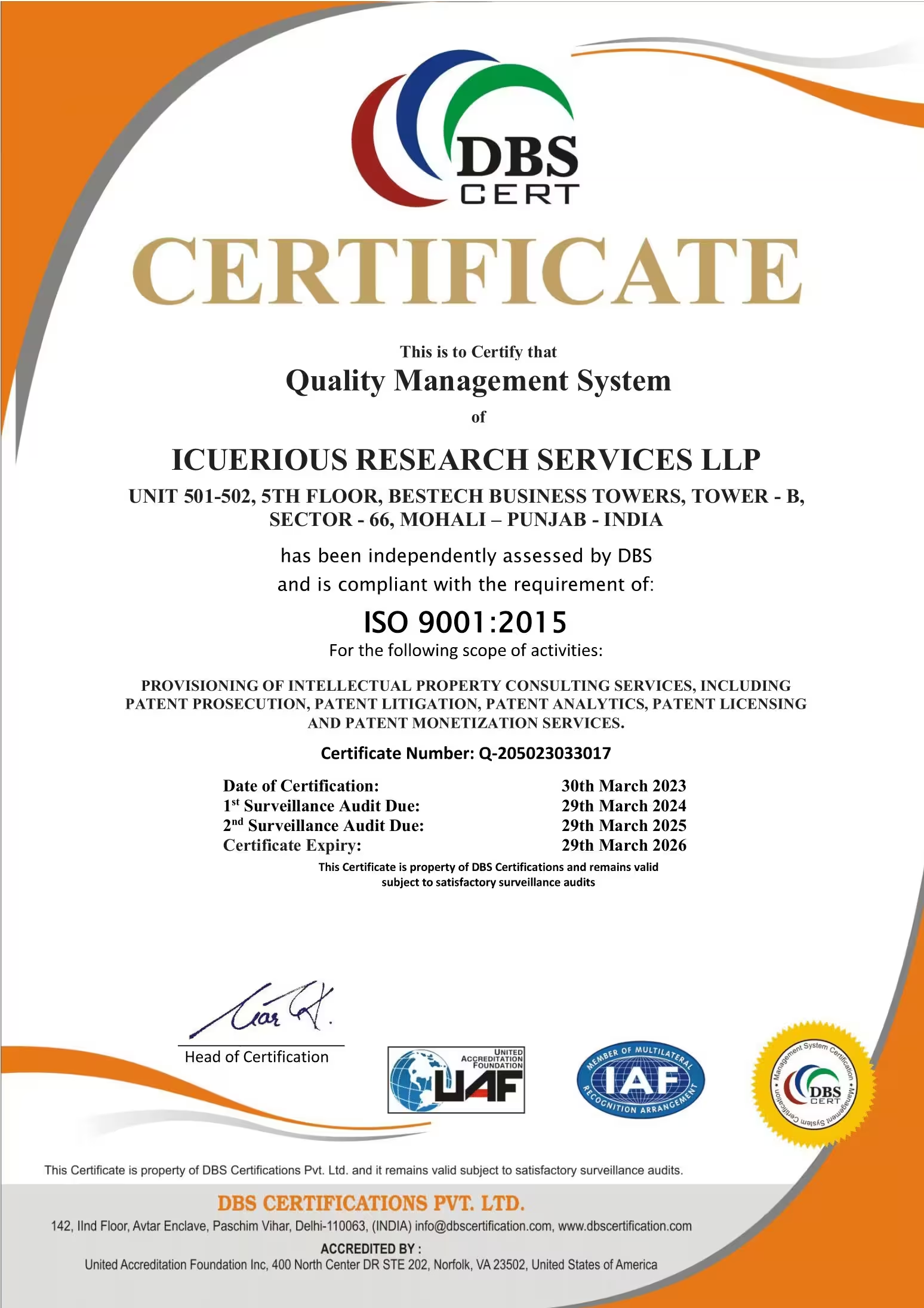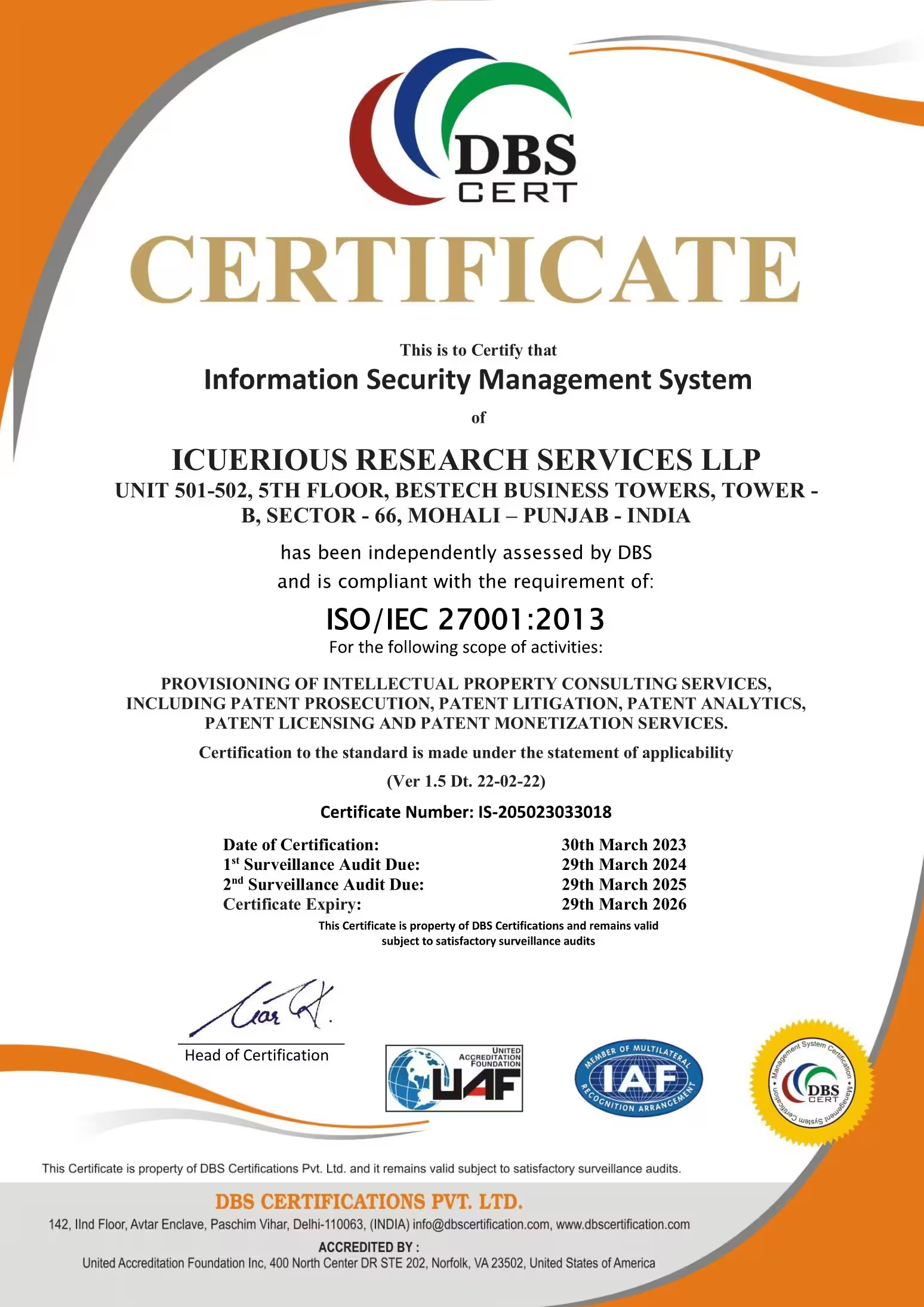From 40 to the Indispensable Few: Using Cross-Citations to Spot Market-Ready Patents
After narrowing from 800 → 80 → 40, we were left with a portfolio of strong, strategically aligned patents. But the client wanted to go one step further: rank these 40 patents to know which ones were truly indispensable from an in-licensing or acquisition standpoint.
At this stage, further manual evaluation added limited value — the client already had their strongest IP assets. What was missing was a way to understand how the industry itself viewed these patents.
That’s where we turned to cross-citations.
Why Citations Beyond the Owner Matter
When a company cites its own patents, it often reflects incremental innovation—important for the owner, but not necessarily transformative for the industry.
But when other companies cite a patent, the story changes. Especially when those citations come from:
- Direct competitors → signaling foundational technologies core to the market.
- Complementary businesses → signaling broader applications and integration across the value chain (e.g., software companies citing drug discovery patents for AI-based pharma solutions).
- Universities or research institutes → often signaling early-stage technology, still maturing for commercialization.
This separation helped us distinguish between patents valuable only to their owners and those seen as enablers by the wider industry.
Clue #3
Cross-Company Citations Signal Commercial Potential
- Patents cited mainly by their own owners often reflect incremental work.
- But when complementary companies across a value chain cite the same patent, it shows broader relevance and commercial potential— making these patents strong candidates for acquisition or in-licensing.
Ranking Through Cross-Company Citations
By grouping citations into these categories, we could see which patents:
- Anchored incremental innovation for their owners.
- Represented core technologies referenced by competitors.
- Showed cross-industry relevance, pointing to commercial potential beyond their original scope.
The last group — those cited widely across the value chain — stood out as the most strategically valuable for acquisition or in-licensing.
They weren’t just strong patents; they were patents the market itself was quietly validating.
The Takeaway
In acquisition-focused evaluations, it’s not only about how many times a patent is cited, but who is citing it.
Cross-company citations act as a market signal, highlighting patents that carry weight across industries and value chains.
For our client, this approach helped turn a shortlist of 40 into an actionable ranking — showing not just what was strong on paper, but what the market itself considered indispensable.



